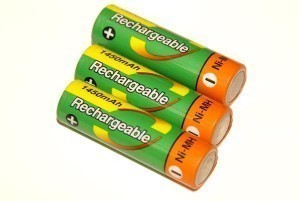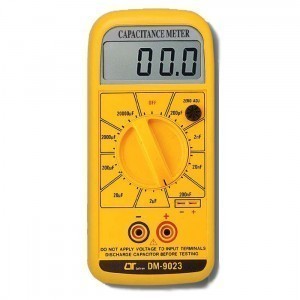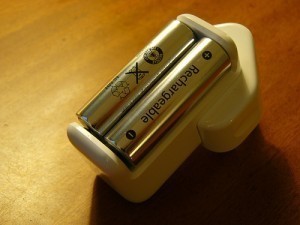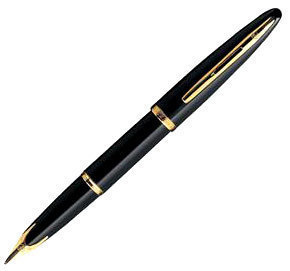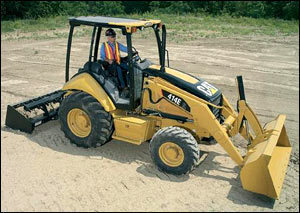Measuring Cylinder Dimensions
A measuring cylinder or graduated cylind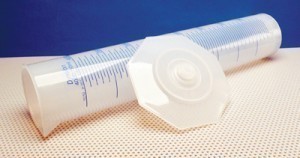 er is a tool used to measure liquid volume. It is also used to determine the volume of an object. Its usefulness has made it a staple in many labs around the world.
er is a tool used to measure liquid volume. It is also used to determine the volume of an object. Its usefulness has made it a staple in many labs around the world.
Measuring Cylinder Sizes
The cylinder is available in numerous capacities. Common ones are 10 ml, 20 ml, 25 ml, 50 ml, 100 ml, 500 ml and higher. The cylinders used in most laboratories range from 10 ml up to 2 l. However, other sizes both bigger and smaller can be used also.
Features and Characteristics
The water volume displacement allows the object’s volume to be measured in the apparatus. This means that the graduated cylinder is more precise than a flask or beaker.
The big cylinders are usually made from polypropylene. The reason is that it is more resistant to chemical reactions and changes. Various measuring cylinder sizes are constructed from polymethylpentene because it is clear.
These are also lighter than glass and less fragile. There are some student grade graduated cylinders made from translucent plastic. Some have numerical graduations and most have pouring spouts.
Graduated Markings
These are the incremental markings located at the cylinder’s side. The increments differ depending on the cylinder dimensions. The increments usually range from 0.1 milliliters for a 10 ml measuring cylinder, 0.2 for 25 ml and 10 milliliters on a 500 ml measuring cylinder.
The type of cylinder that must be used depends on the liquid volume being tested. Regardless of the measuring cylinder size, the base is invariably wider than the rest of the body. This is to allow the device to stand.
How to Use the Measuring Cylinder
First, select the right kind of cylinder for the measurement you are doing. As stated, these cylinders are available in various shapes and sizes. As a rule, the larger the volume to be measured, the larger the graduated cylinder needed. For measuring small volumes, a small cylinder will suffice.
For example, the 10 ml measuring cylinder with the 0.1 markings will be suitable for a 5 ml liquid sample. For a 50 ml liquid sample, the 100 ml measuring cylinder is more sufficient. When you’ve chosen the right size, pour the liquid into the cylinder. Put the cylinder on a flat even surface. This is necessary to ensure the reading is accurate.
Look for the meniscus. This is the lowest point of the depression made by the liquid within the cylinder. Find the graduated mark nearest it. Look for the closest one if an exact match isn’t available. You can also use a pipette to subtract or add to the volume.
Buying Graduated Cylinders
The most important factor to consider is the capacity and the material used. Make sure also the base is broad so the cylinder will not flip over.
When assessing the measuring cylinder sizes, always think of what else you may be using it for. Many students and researchers like to get different sizes so they can have one ready for whatever it is that needs to be measured.
